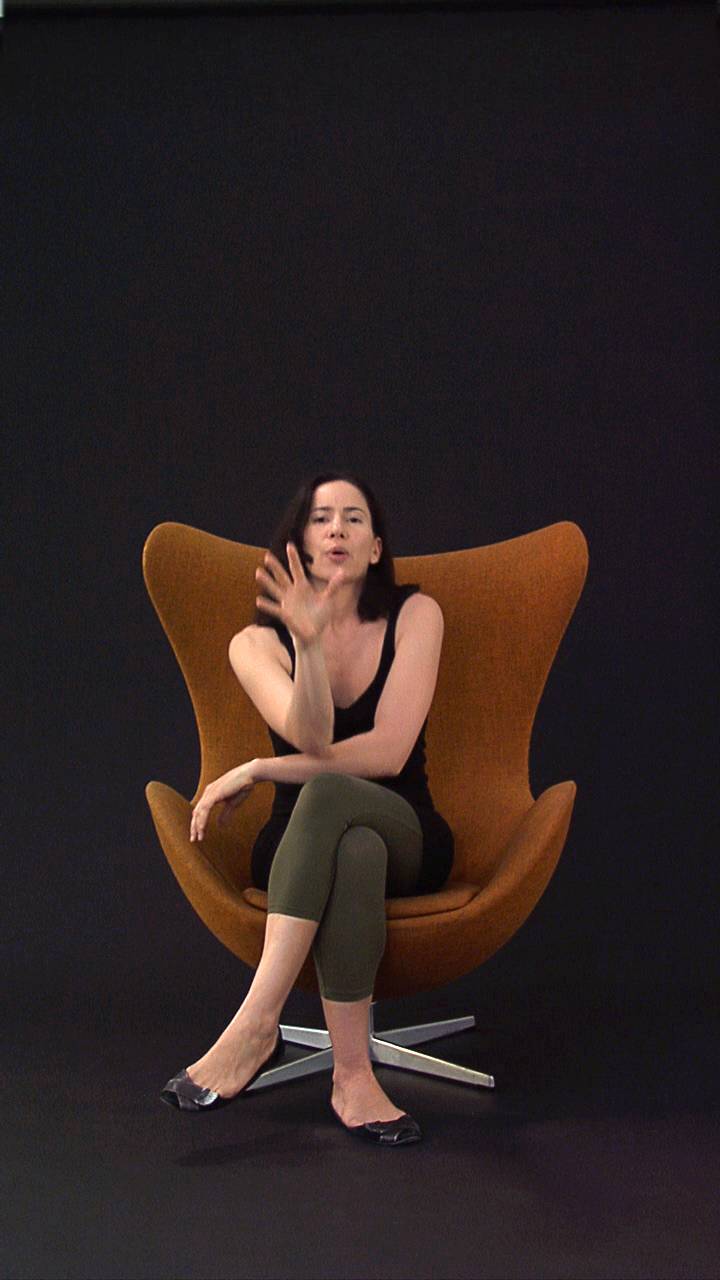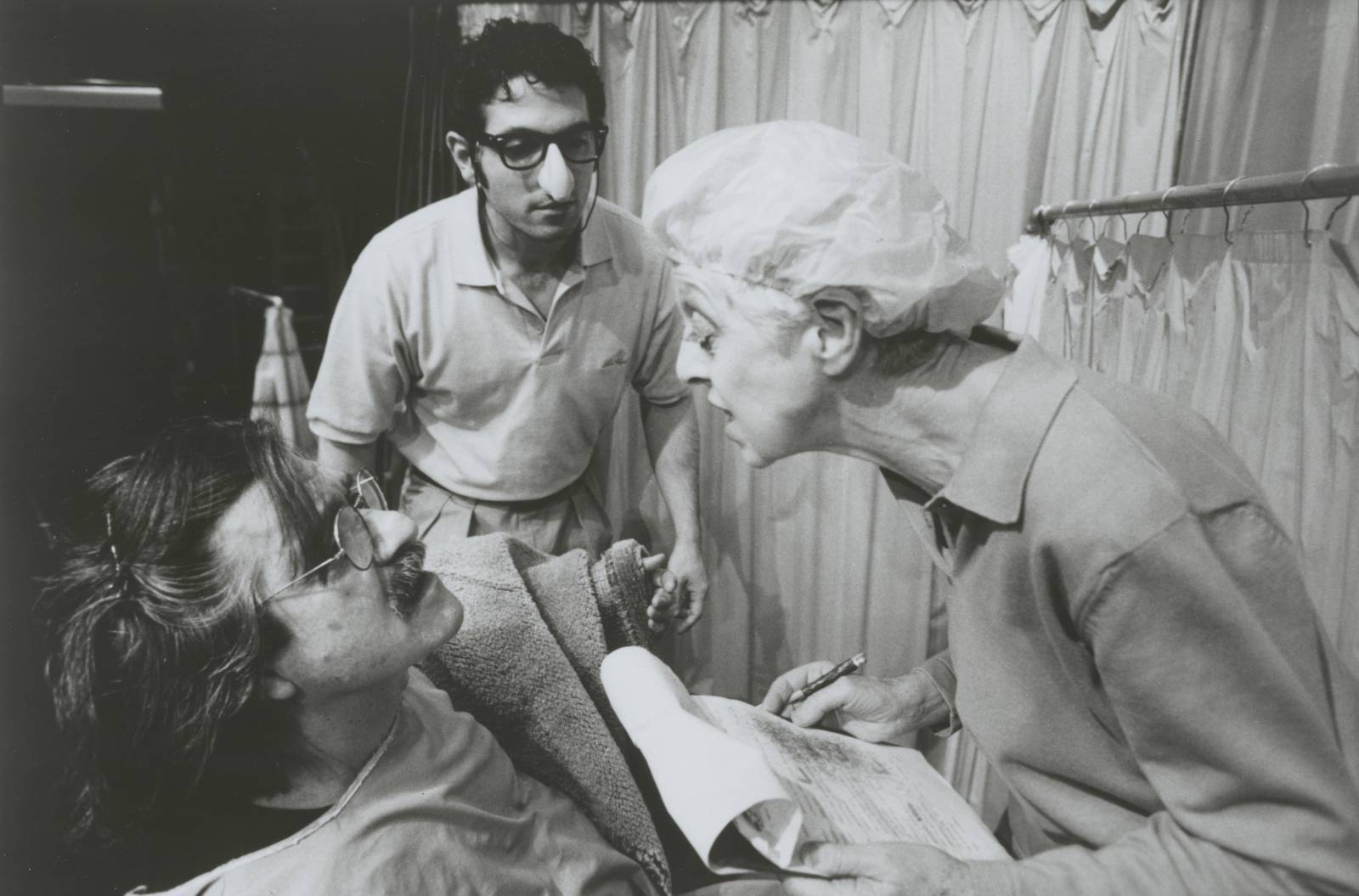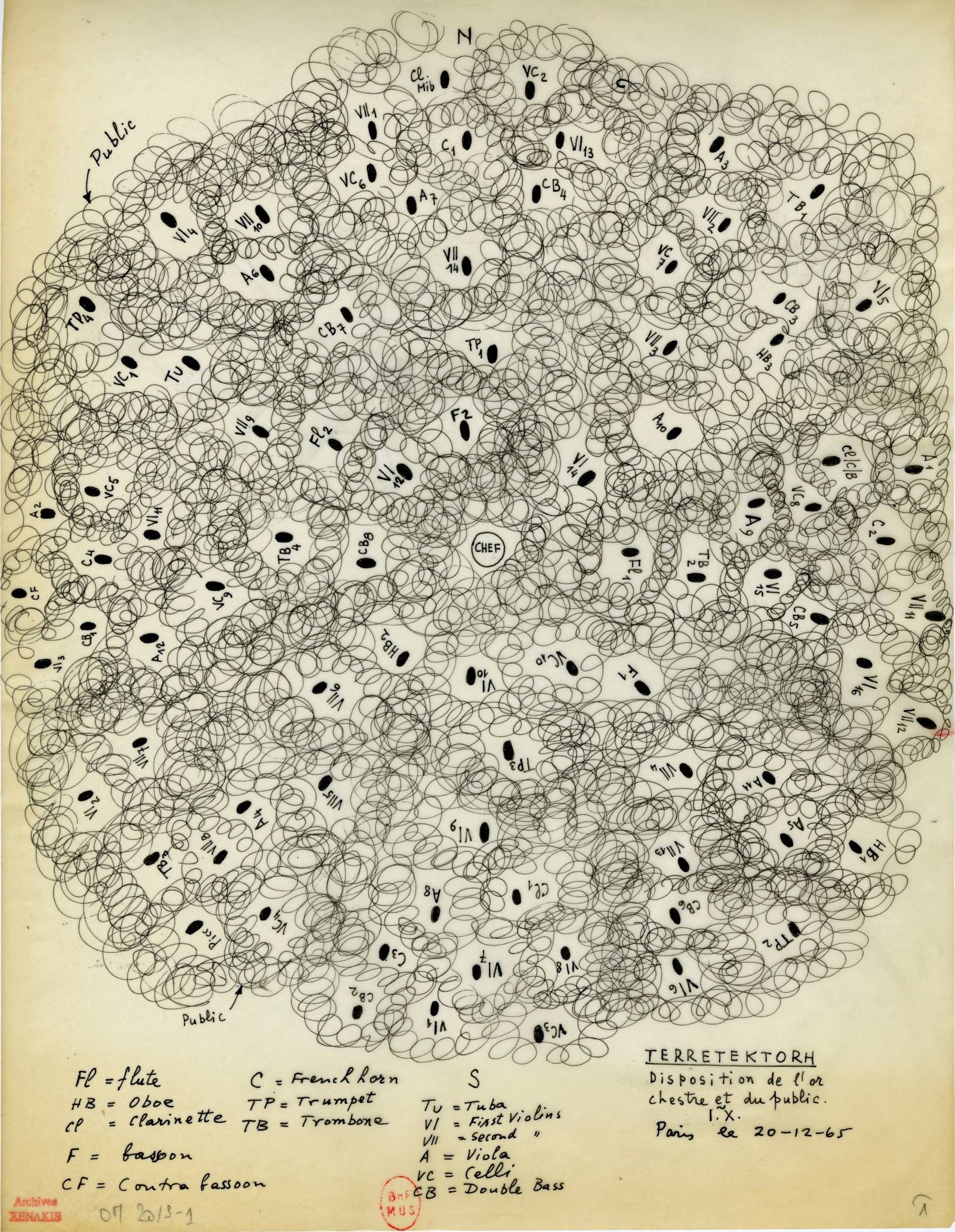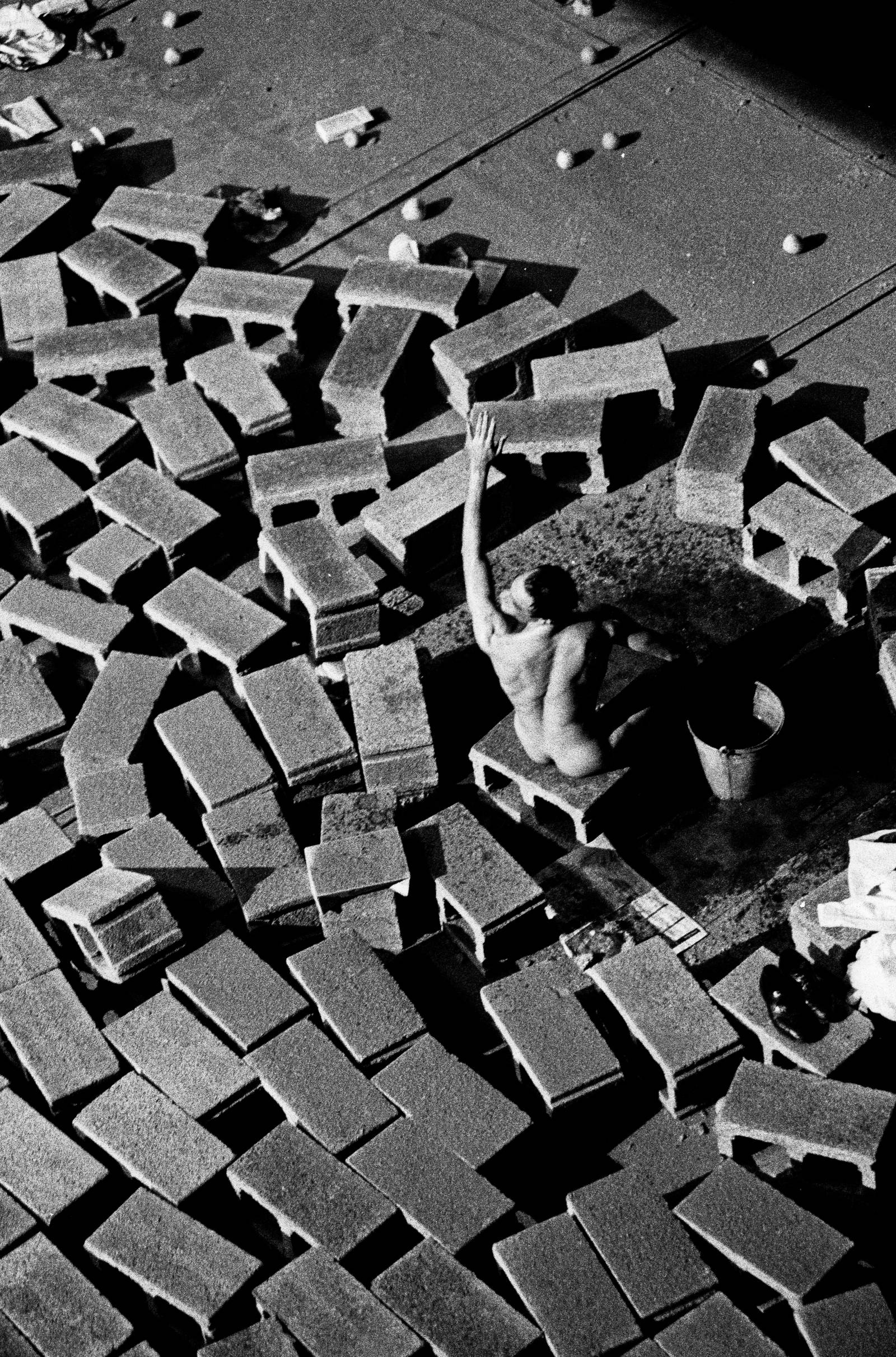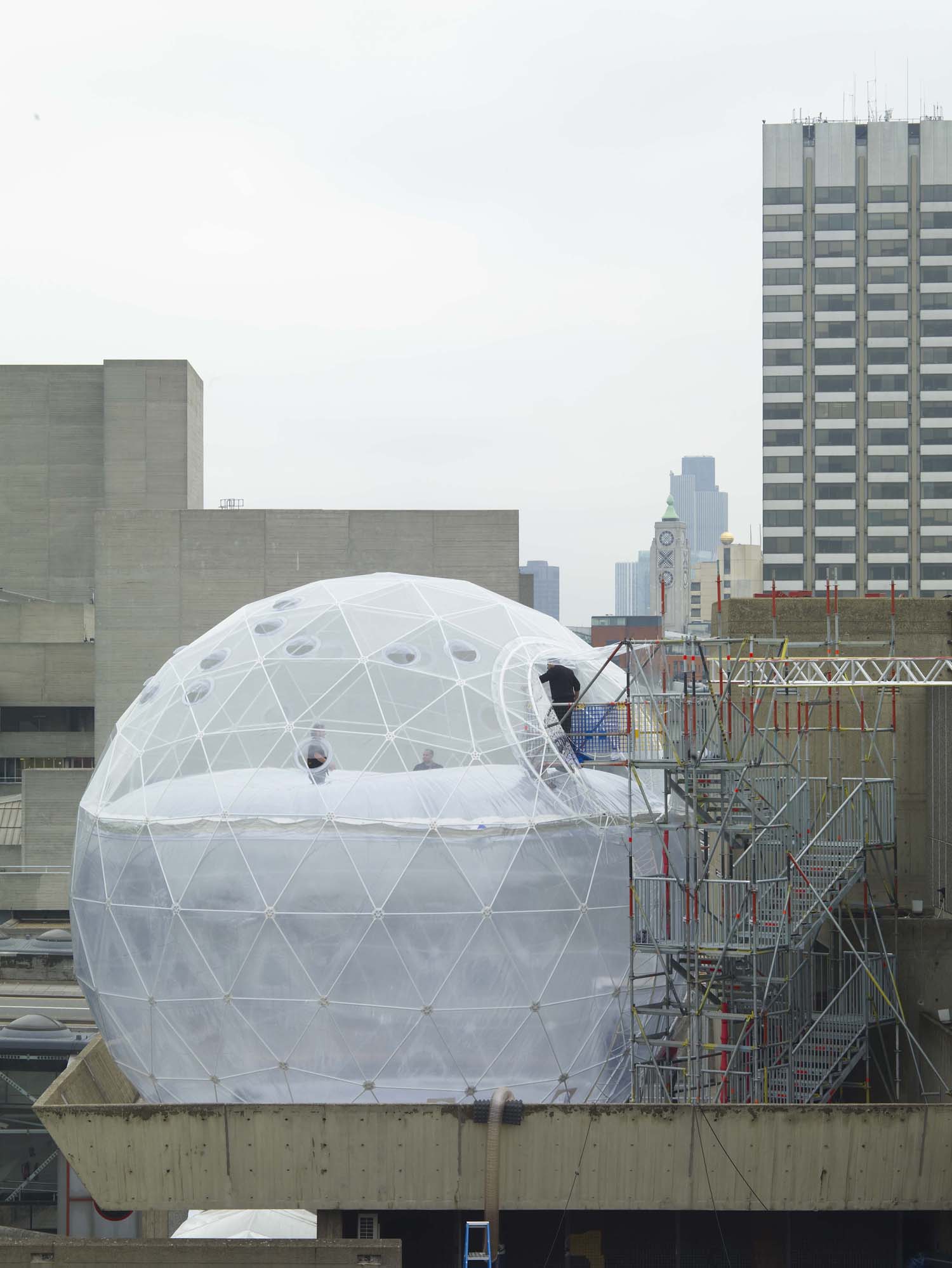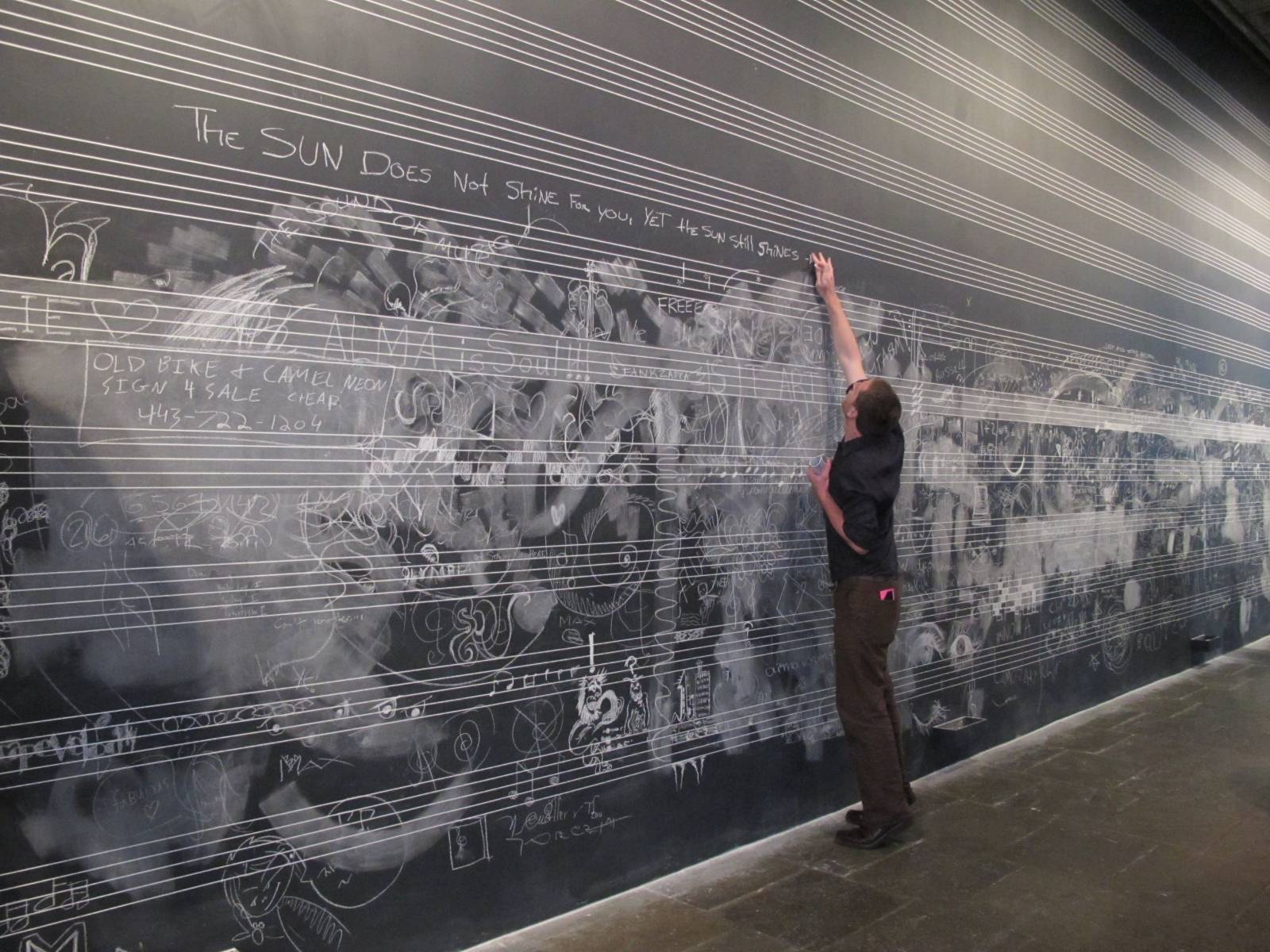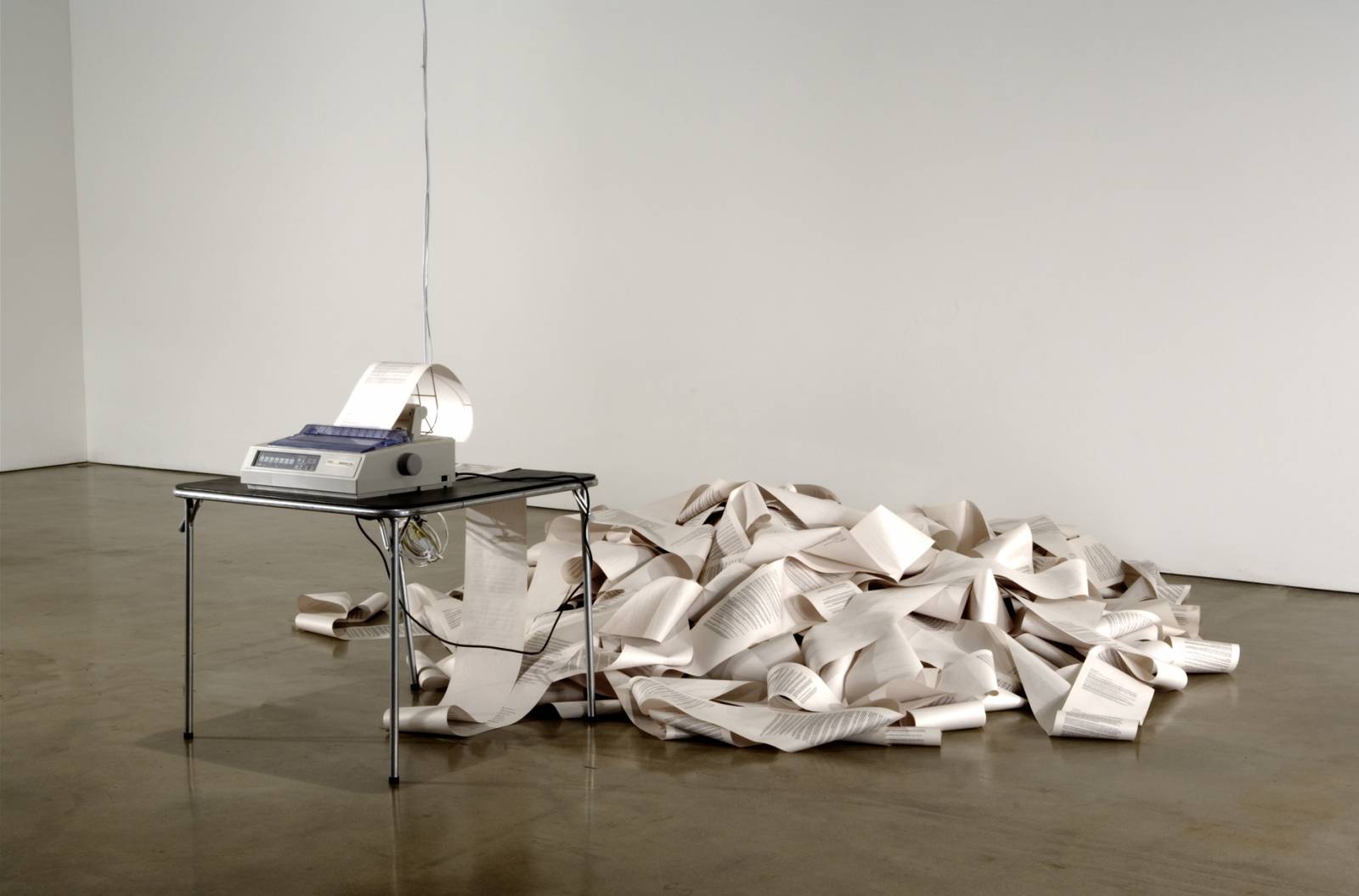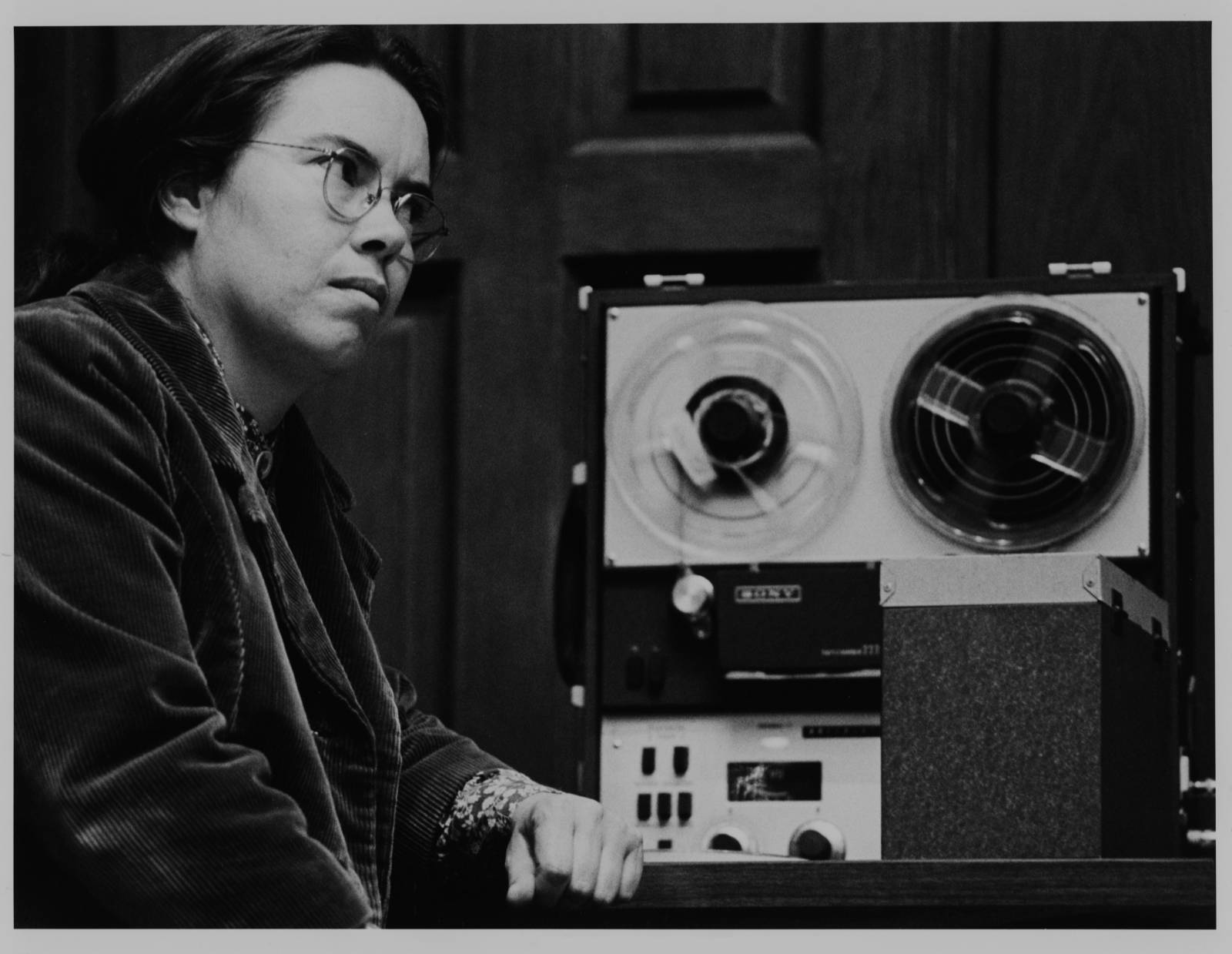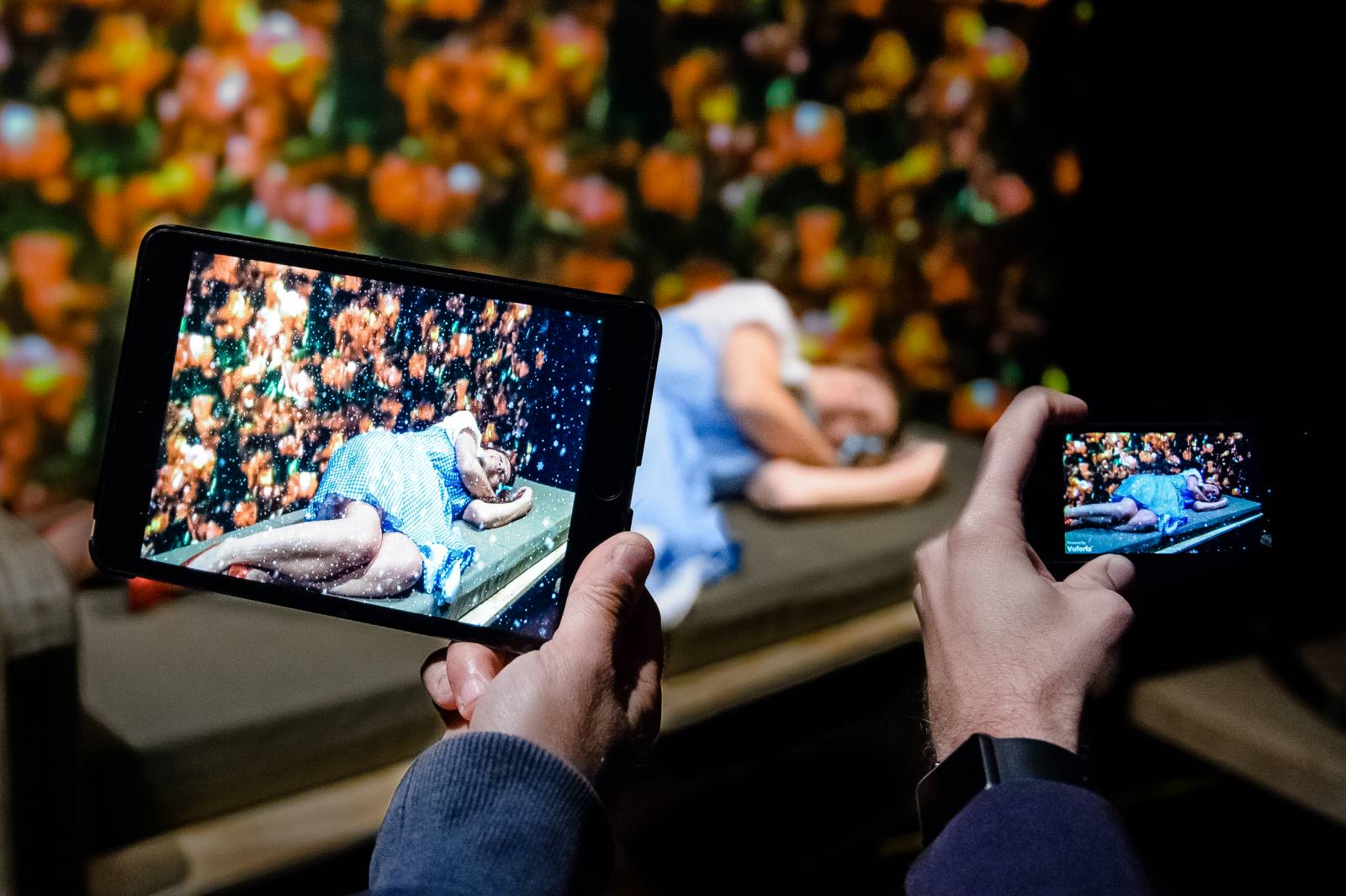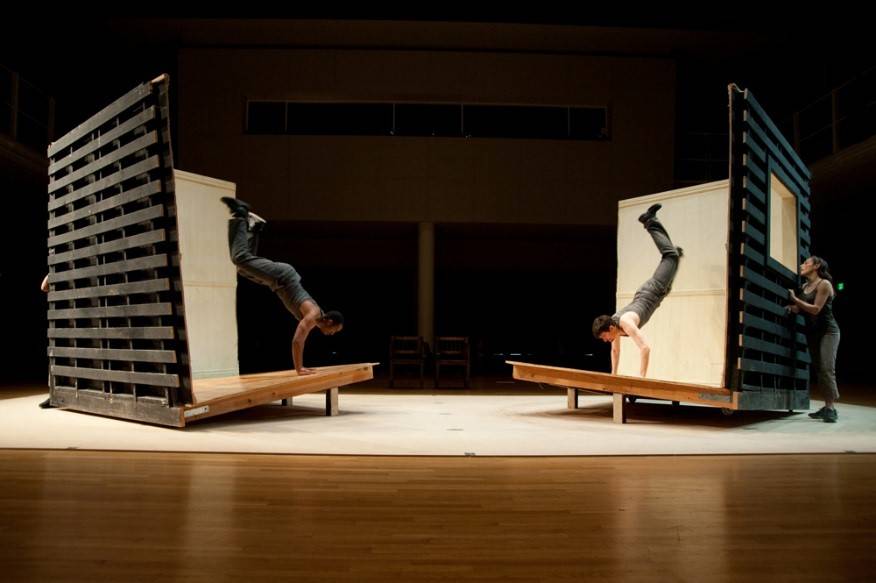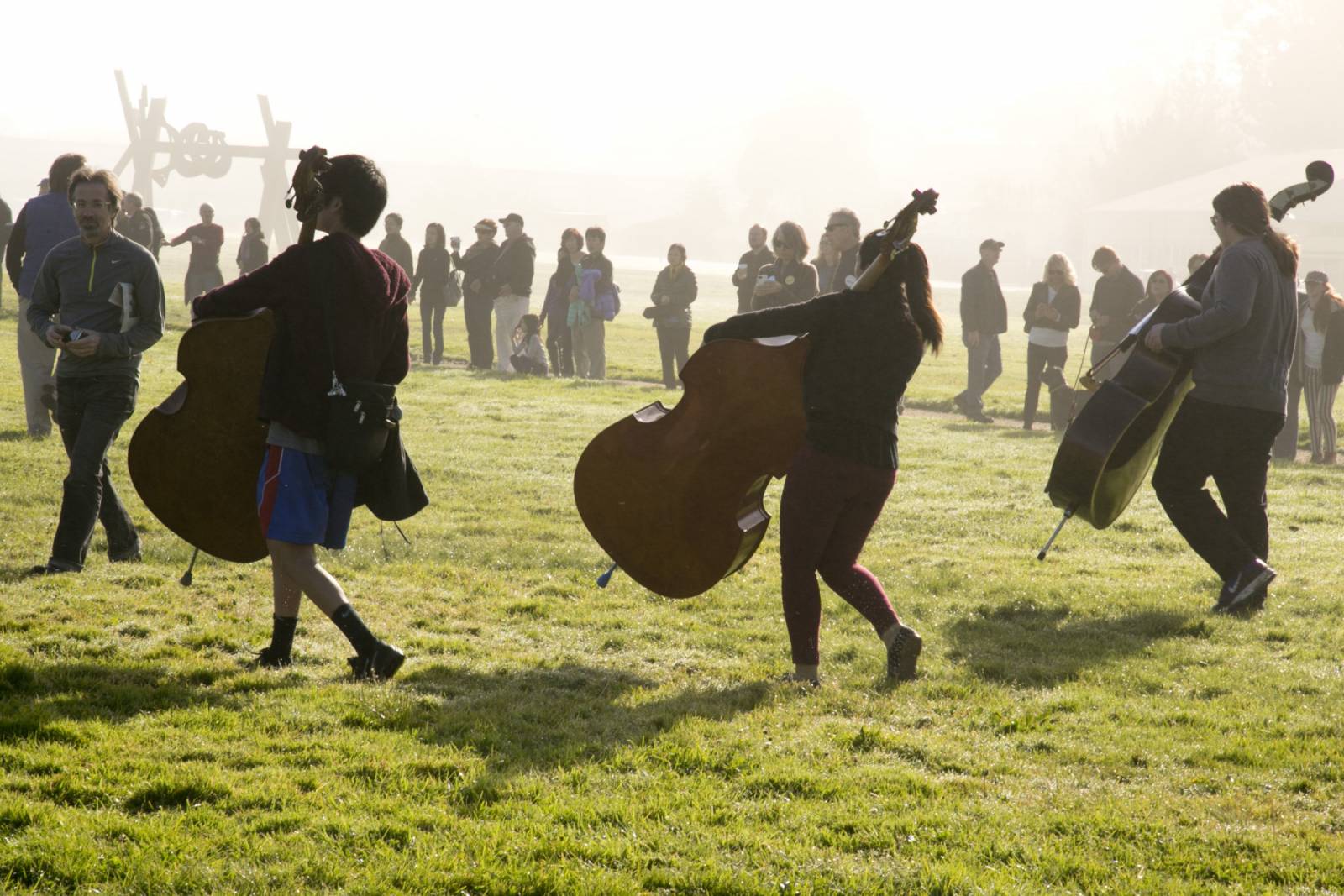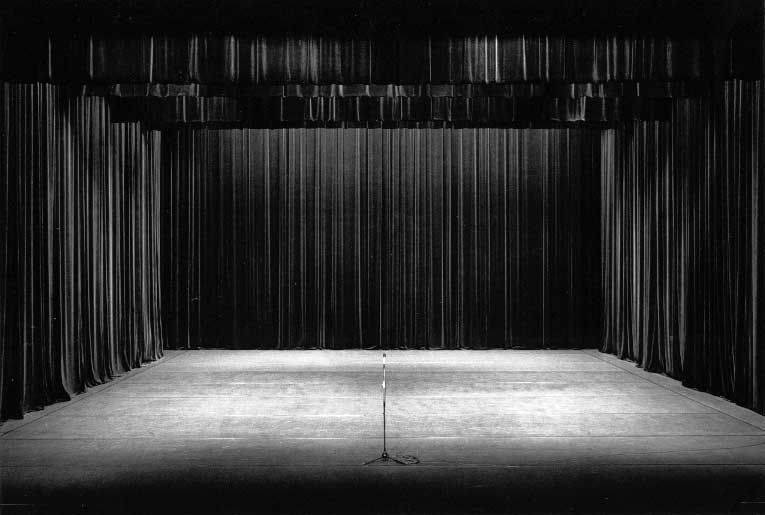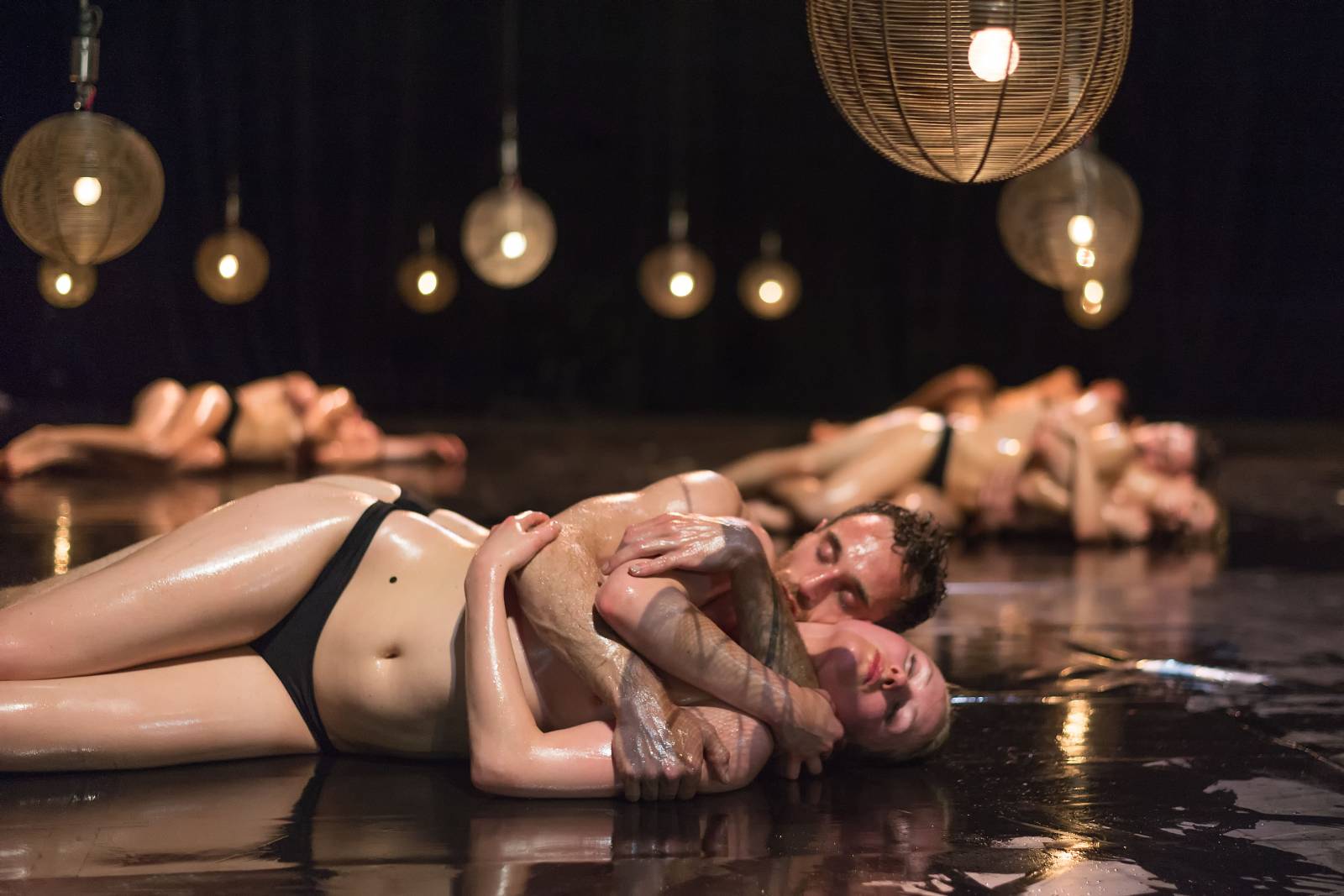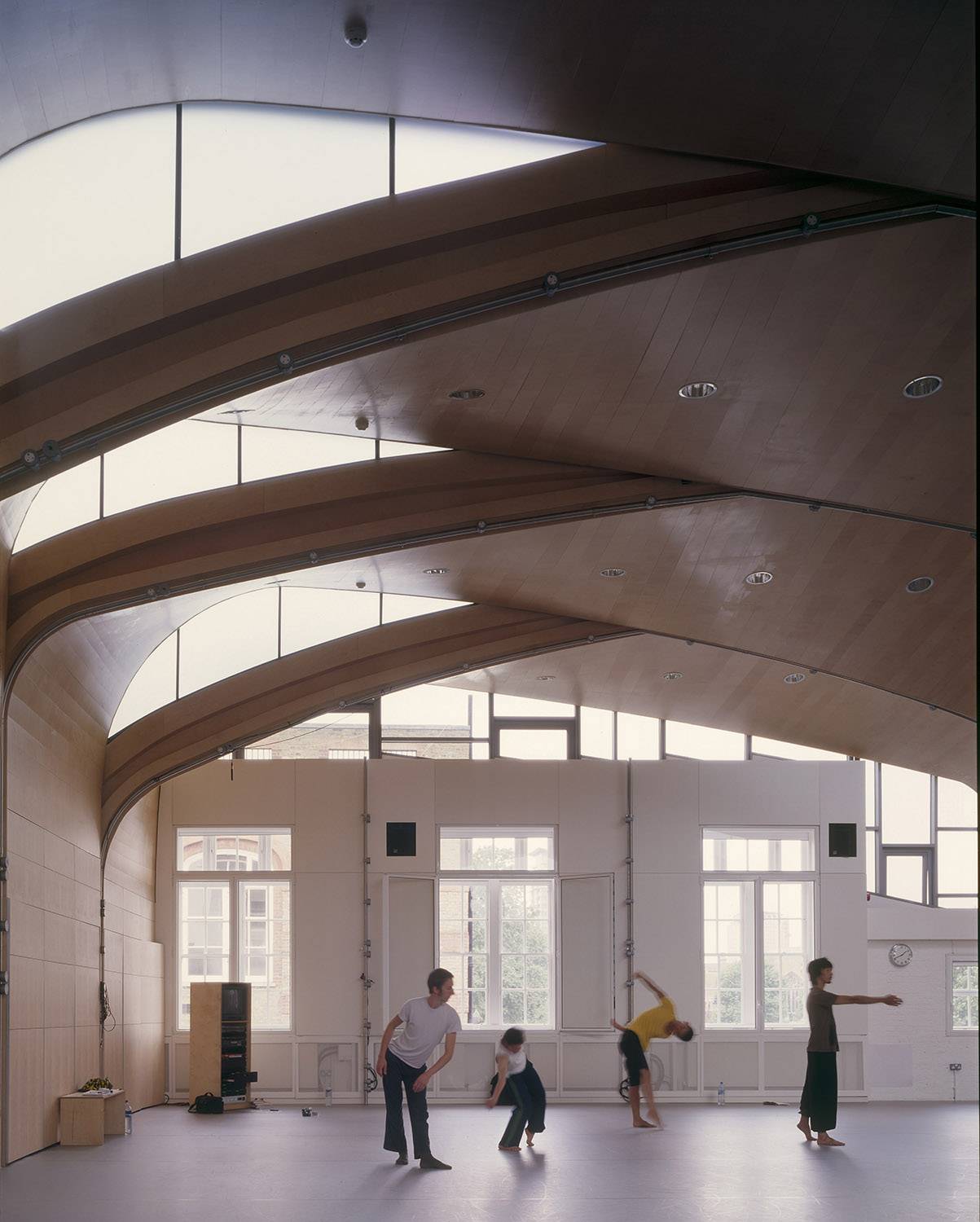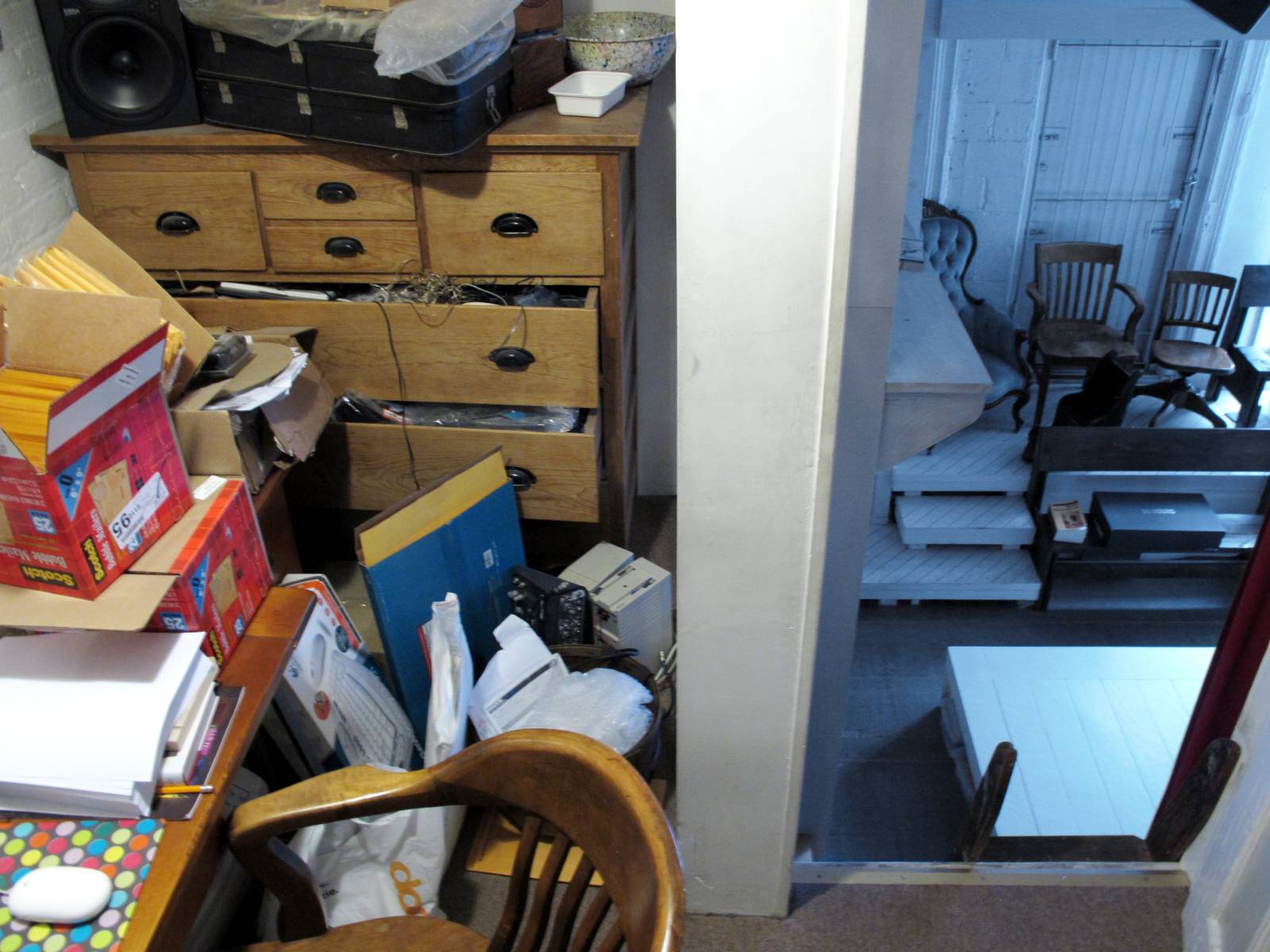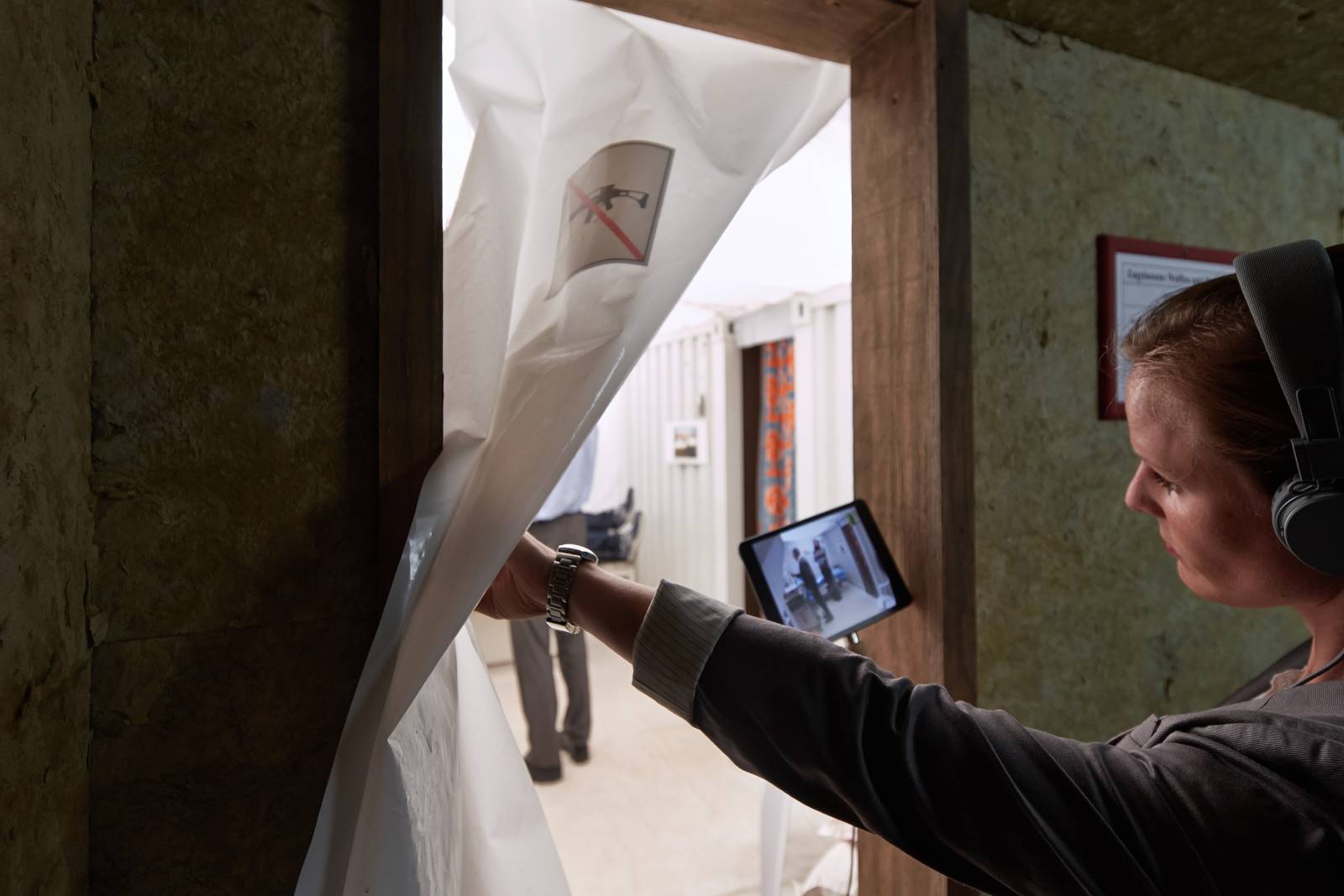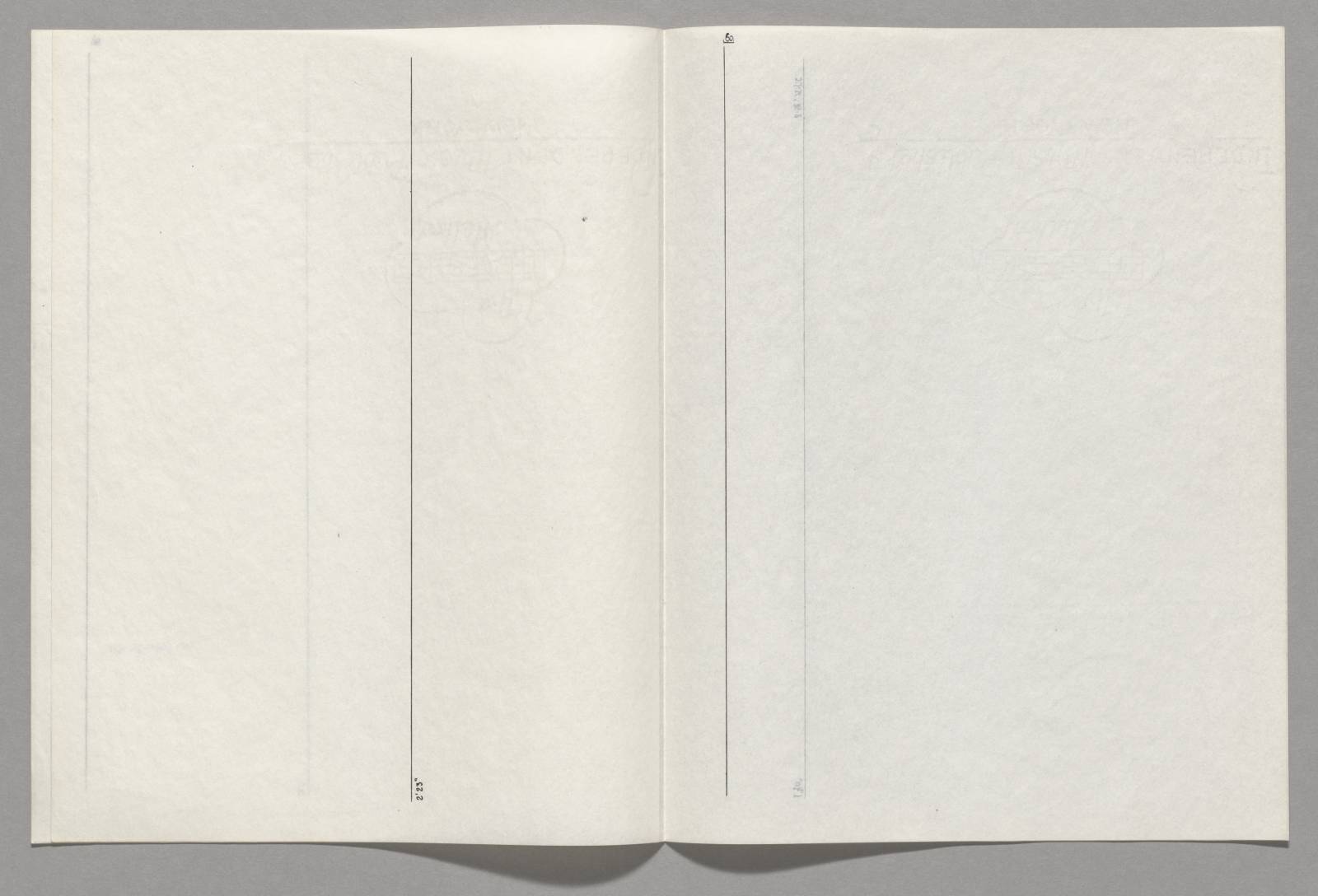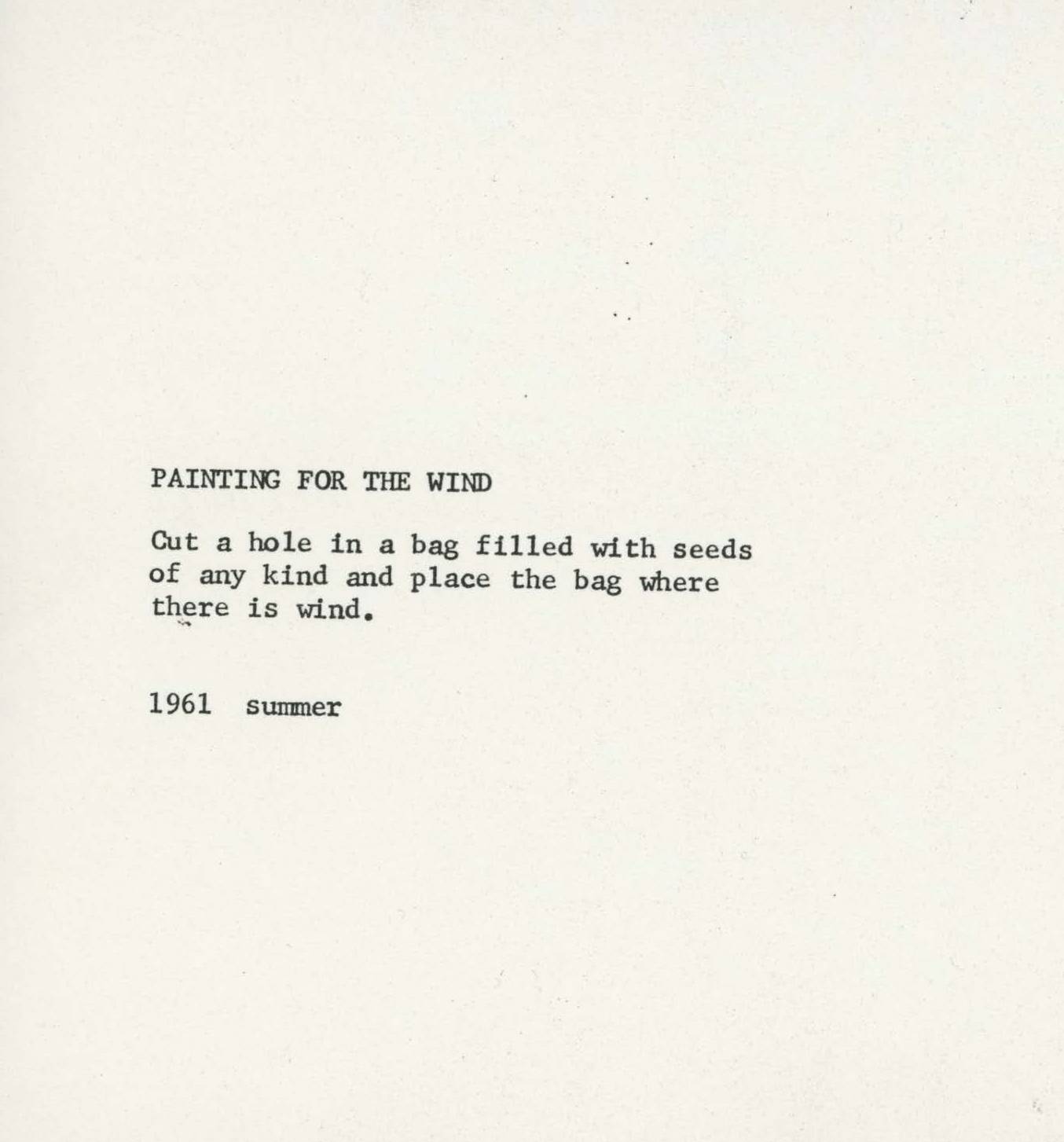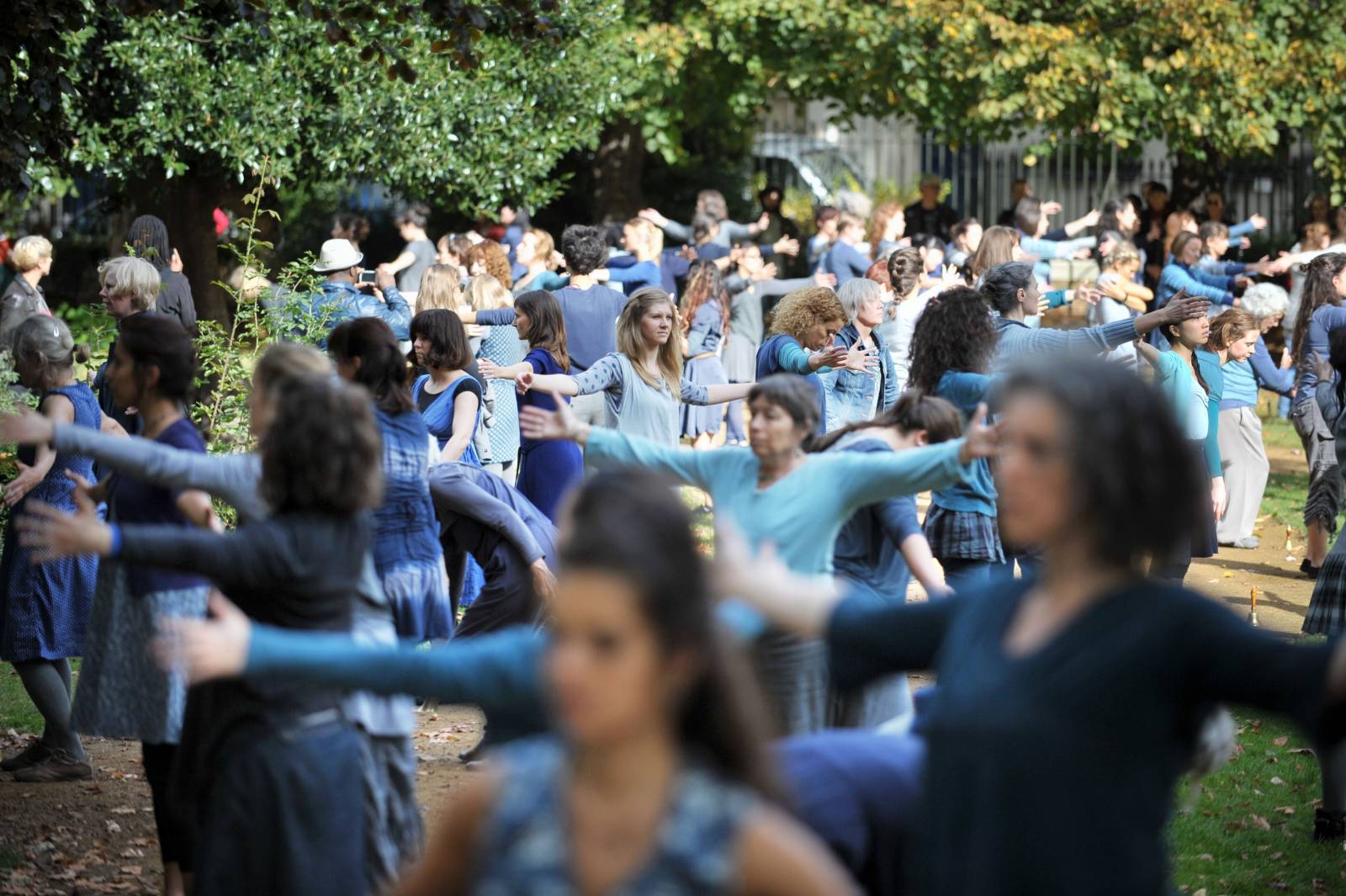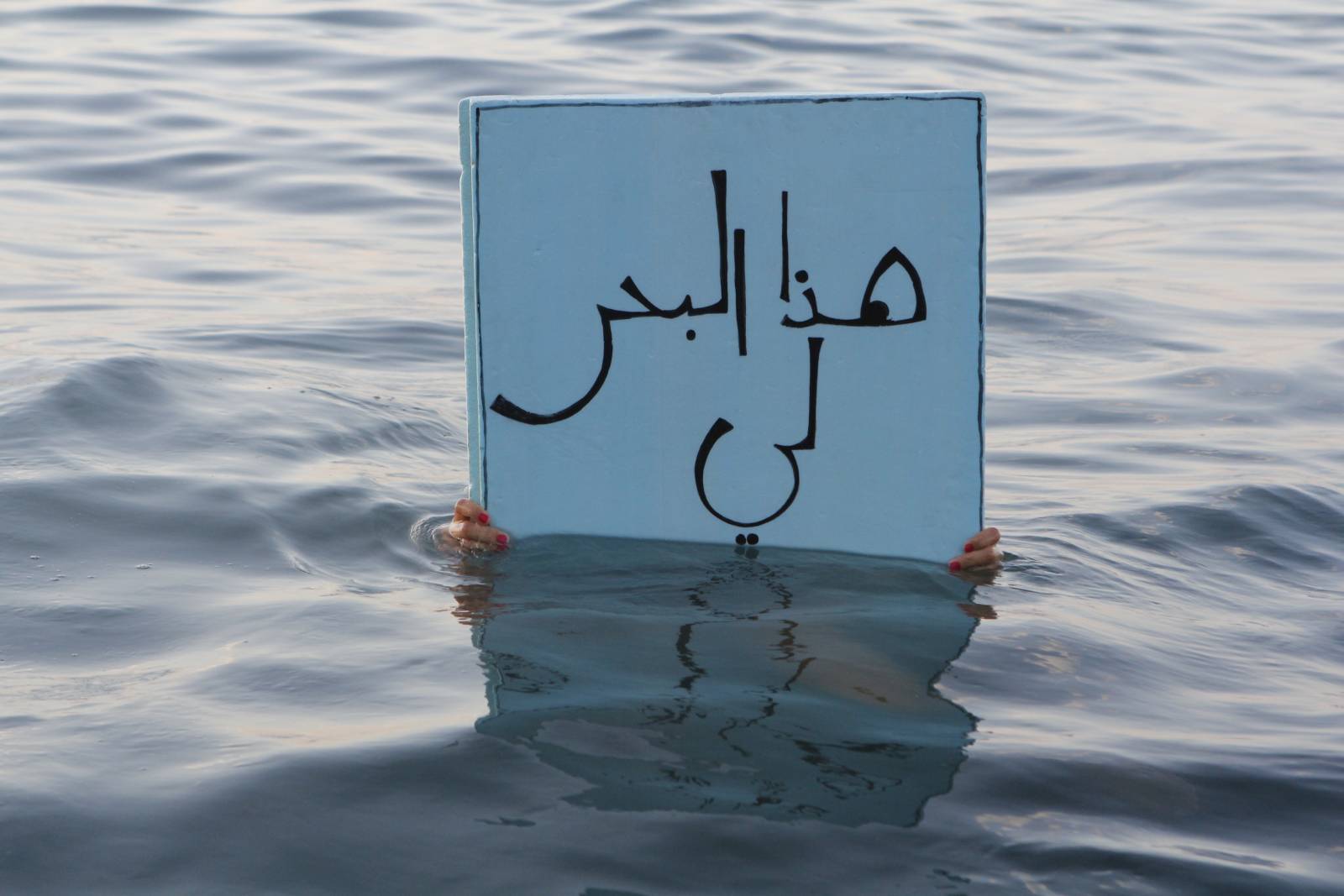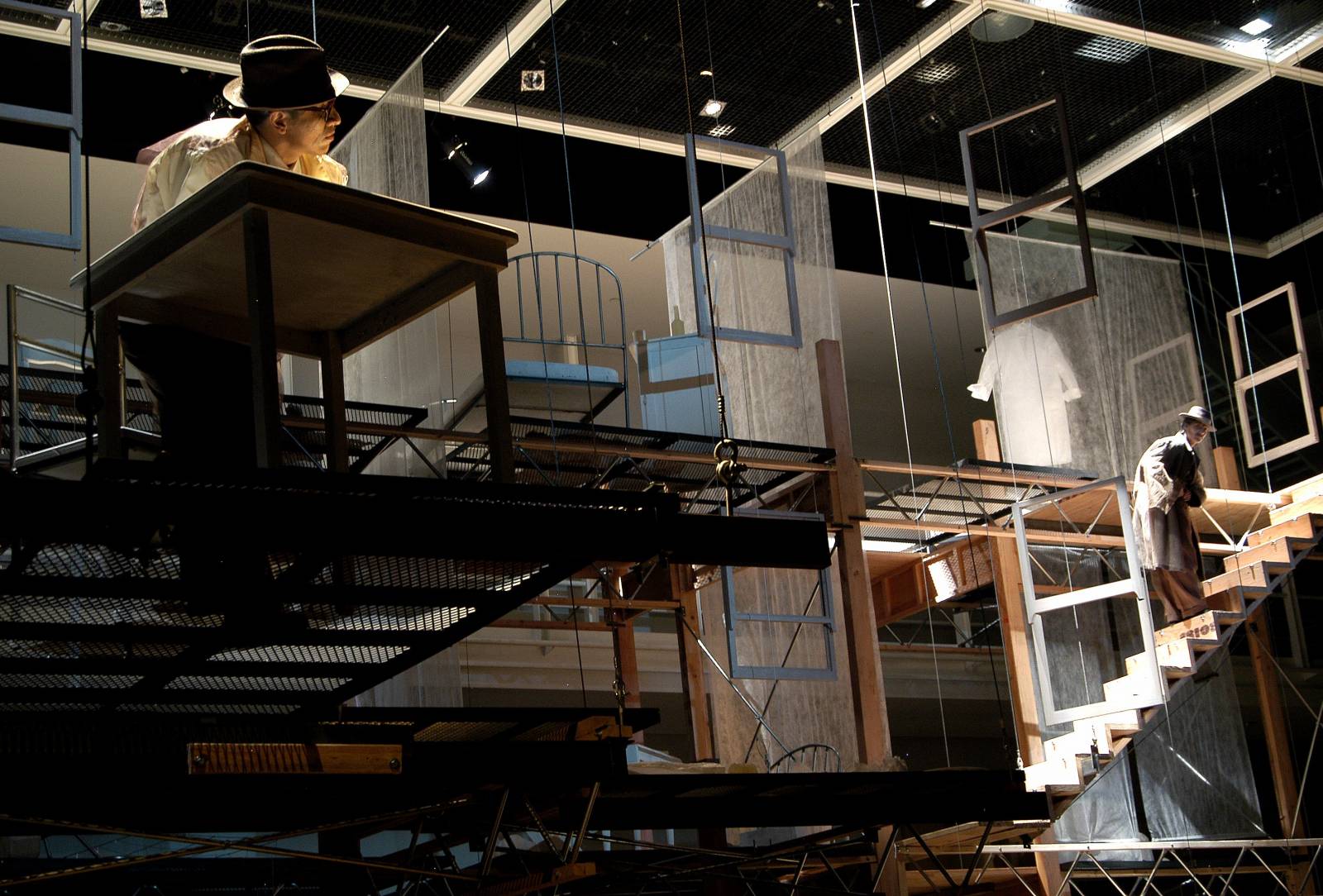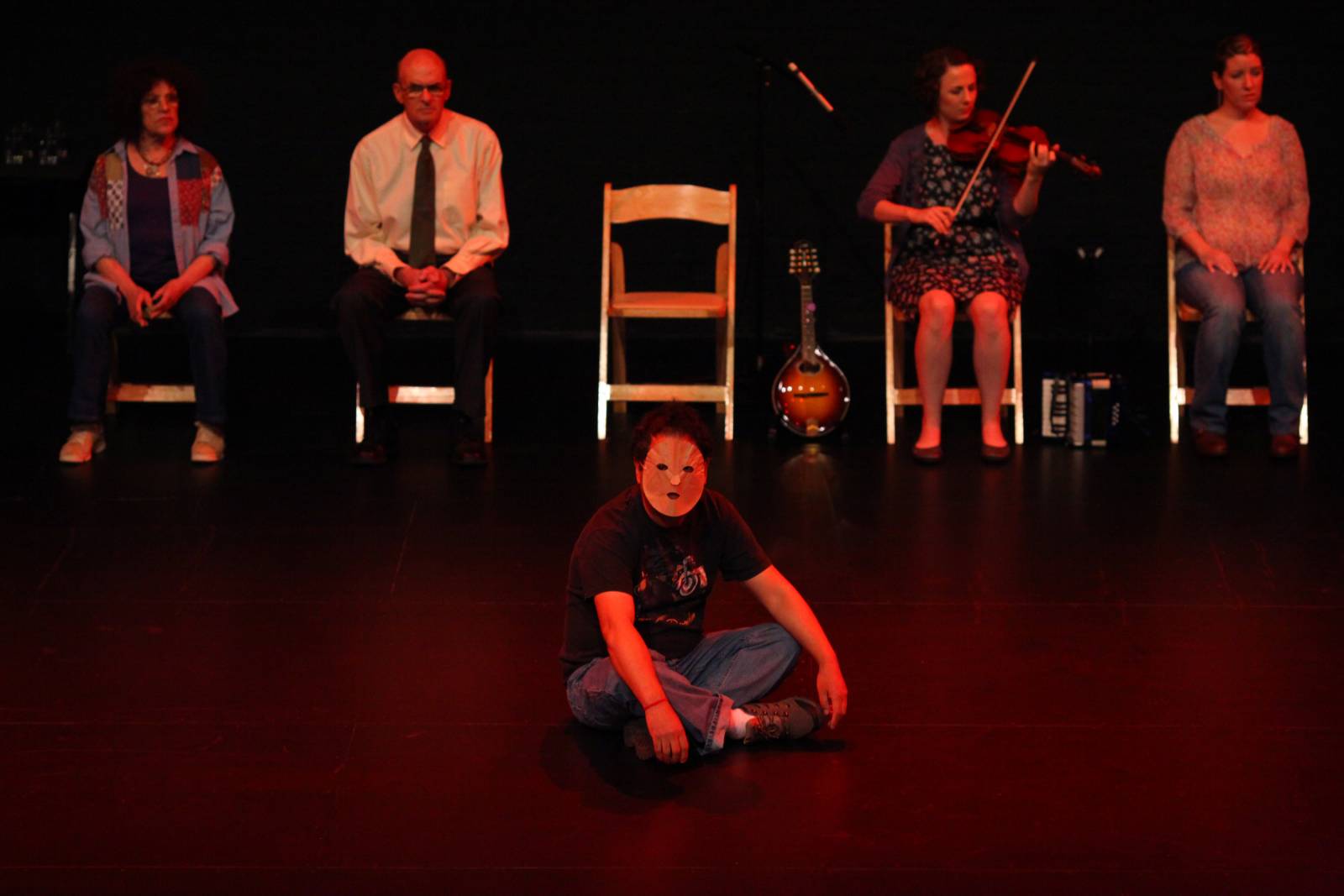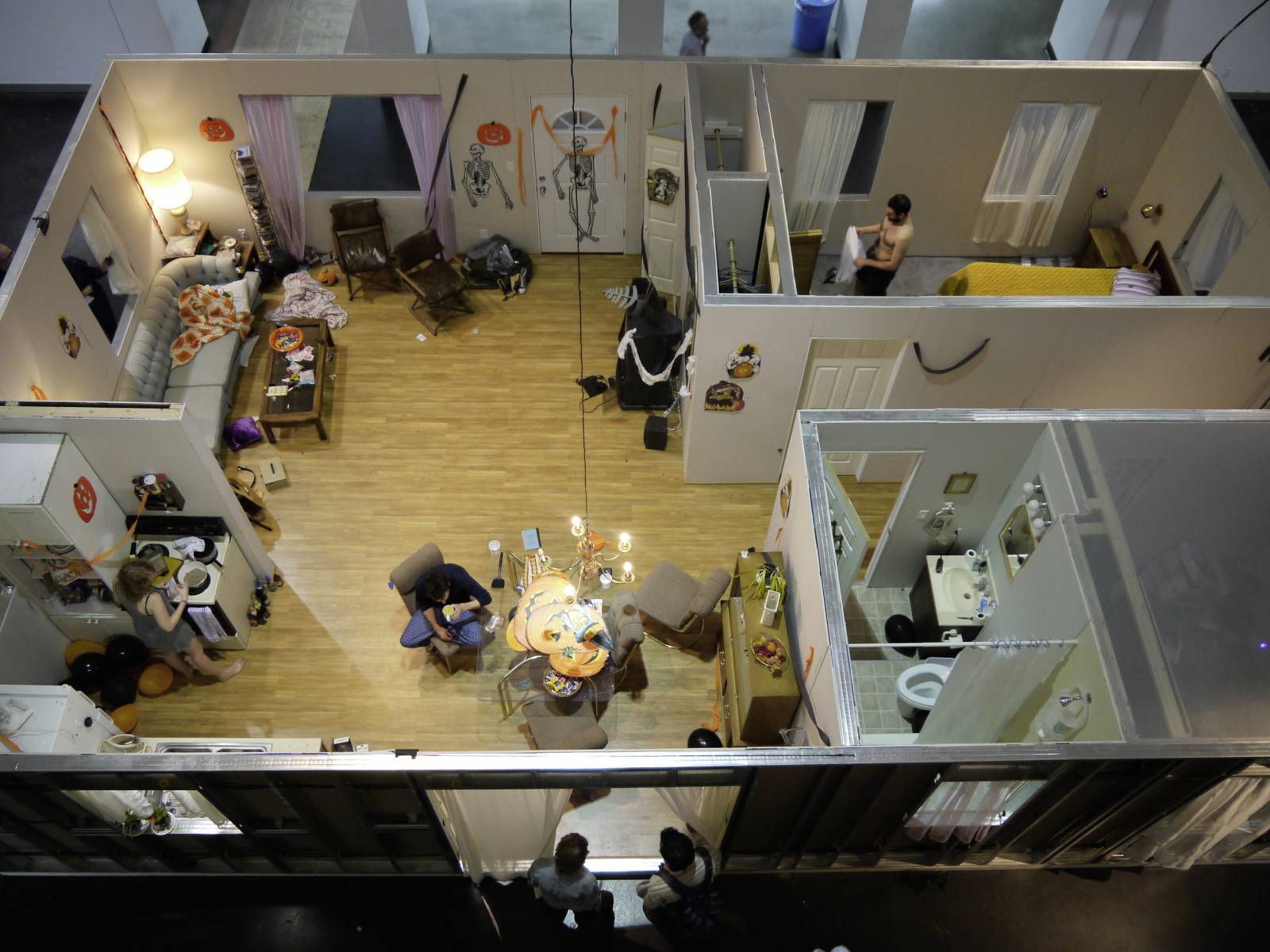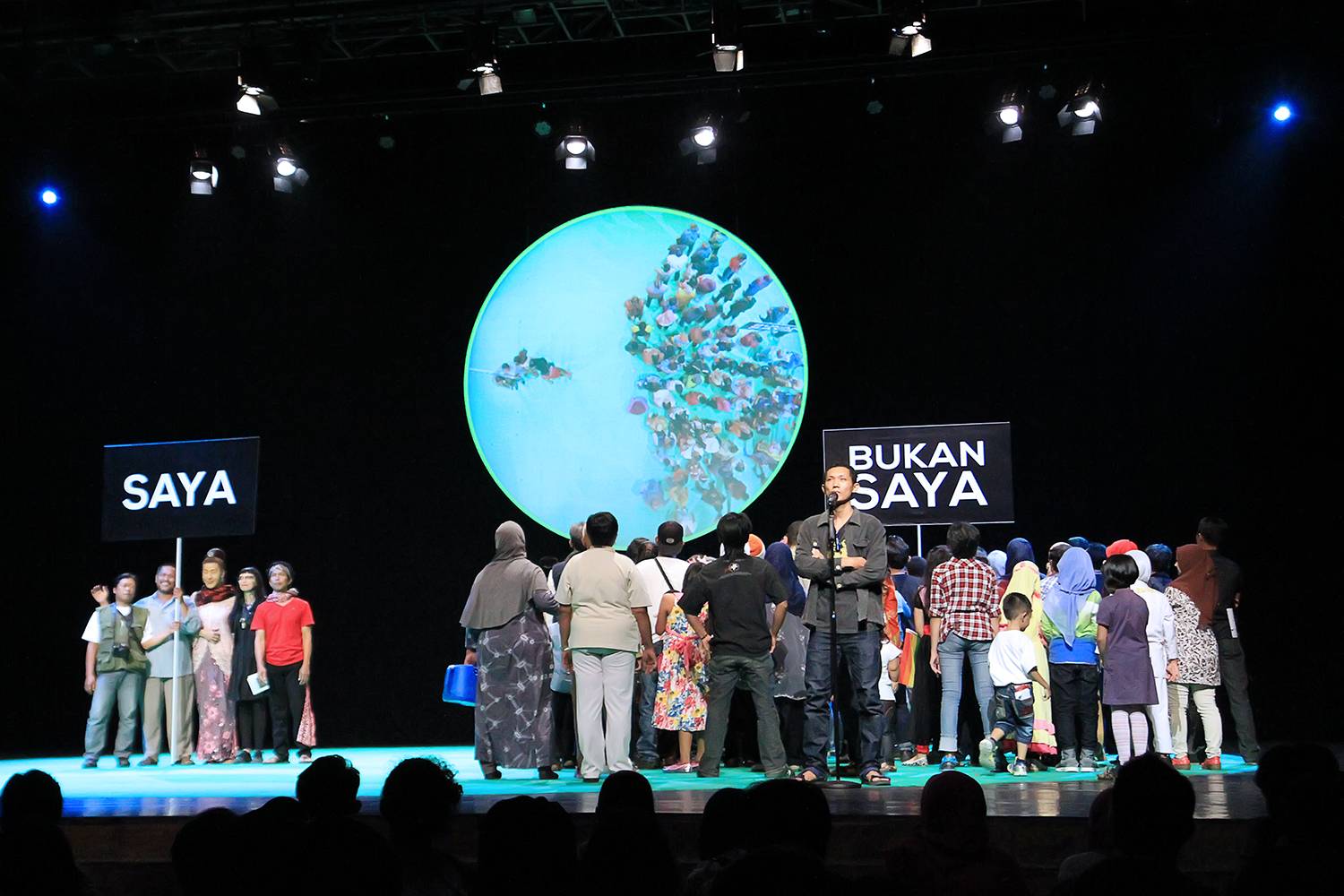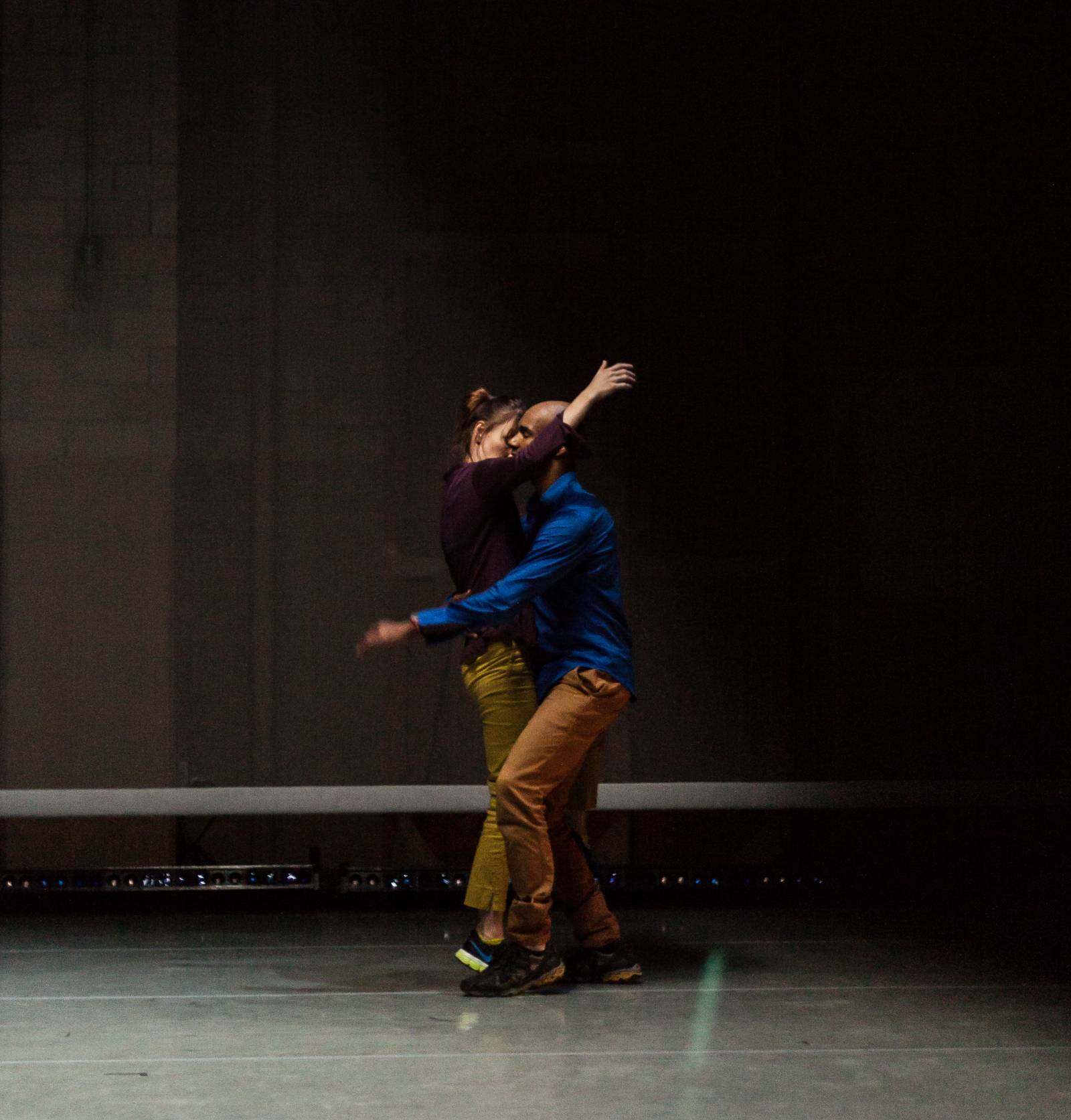I remember playing Lobster Man in Sam Shepard and Patti Smith’s play Cowboy Mouth (1971). I was in college. The part has no lines. Lobster Man delivers fast food at a couple of points in the story. I remember liking that the part was small because it gave me an opportunity to get more specific. I remember a meeting with the director’s thesis adviser, Ron Mottram. I was never taught by this professor; I worked for him, running a projector for his film classes. I had anxiety at the time. After a few performances in which I thought things were really “working,” then I had a show in which I felt like things weren’t working at all. I sought a conference. Looking back, it’s funny that I needed a conference for such a small part. But I credit the director, Ron Usherwood, for creating an environment in which everyone in the project felt essential. Mottram told me that the work is more than the sum of what might happen on any given night and that we tend to lose sight of what we accomplish when we repeat. So the mere act of repeating has a kind of meditative progression, it would seem. The repeating becomes something that gets stored or built and, often, taken for granted.
Leaving his office, I felt relieved; the visit buoyed my faith in preparation.
And fast-forwarding many years, I find that while there is comfort in preparation, the preparation does not grant license to control a situation.
Everyone wants control. The director wants to give an actor a line reading; the actor wants to inhabit the fiction; the writer wants to capture humanity. The actor, the director, the writer, the producer, the audience member—all claim ownership of the experience.
Conversely, preparation does not allow you to get complacent. Everyone wants comfort. But comfort would seem as insidious as control in limiting where the performance travels or gets to. Just because you’ve done it once doesn’t mean that you’re done. You’re not going to get anywhere on a surfboard if you simply relax or by telling the waves you surf on what you want them to do. And once you’re able to get up on the board, you can’t assume that you know what you’re doing. Simply practice, be aware, and prepare, and then repeat until you cannot repeat anymore.
Life onstage is immediate and focused but ultimately indeterminate and left available to everyone. Be thorough and consider that everything is possible. The preparation only enables you to roll.
When you get too careless, you inadvertently cater to a language of performing that has glommed onto our collective consciousness, pawning itself off as “real.” This language is most visible as traces of what has already passed by. If you want to see the kind of vapor trails I mean, look at big-budget digital animated features. The facial movements applied to the animated characters come from actors playing scenes. Almost as though paint were thrown on the invisible man, you have an impression now of the kind of acting that has become automatic.
When you’re careless, you take on this borrowed reality and pass it along. And what gets received develops into acceptable acting. It is acceptable because it is a manner of behaving that is consistent with what has preceded it. We as audience accept the performance language we have seen before. Being identifiable does not necessarily make it good or worth doing.
We are broken people. We try our best, and it’s never enough. It’s absolutely touching that we don’t let being hopelessly inadequate keep us from giving our very best to the people, every time. We are amateurs. And if “professionalism” has taken the practice of performing to a place where broken human behavior is not acceptable, then it is the medium that is broken and not the other way around.
Should we as Americans not temper what is sham with what is genuine?
For at our essence, at our core, we are not professionals; we are amateurs. To be American is to be amateur. We define it. That’s how we got born and that’s how we thrive. Over the course of generations. We do not try to be amateurish. We are simply beginners. We begin and therefore remain connected to the spark. We are a community of everything. We ask questions, we thirst, and we learn. The dissenter completes us, causing us to be better.
The United States is based on myth, history, and advertising, but still it exists, and it is real. We have somehow managed to work for nearly 250 years. The desires we have are not unique, but the way we satisfy them will be. We are rivers and seas and lakes and mountains and prairies and farms. We are a glorious piece of earth with cities and commonwealths, countryside, savannas, deserts, buildings, and pavement. Each grain of sand is ours.
If you’ve ever traveled across big oceans and returned, you’ve felt the difference in our atmosphere—it can’t be beat. The air somehow is less compressed. But that’s how you know you belong—it’s our contribution to culture. Hollywood storytelling and studio systems and big business, the industry, grew out of advertising, and that’s part of who we are too. Finance and faces we will pay to see, bodies and creatures in 2-D and 3-D. And underneath it all are stories, mostly. Long and short. And these stories have characters. How beautiful you will be when you are to play it. And please don’t waste any time worrying whether you’re being unkind to characters. Worry when there isn’t concern for the actual people in the room. Don’t feel beholden to the past. Strive for you. Strive for those before you. And you will make a great thing. Incidentally it is the key to our survival.
I want the actor to walk between the places of free and unfree, to find the beginning.
We are never done being a beginner.
I want an environment of democracy for the audience. I want to engage with people.
I want to be heard somehow.
I discovered only recently that I don’t need a lot of people to hear what I have to say. I need only one receiver.
Get open.




